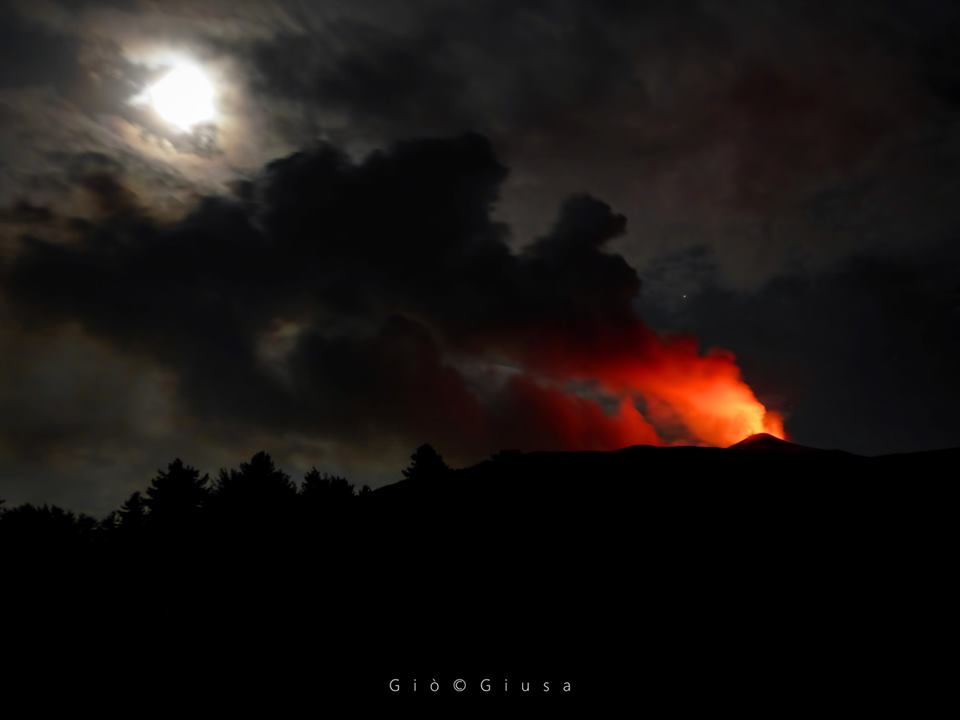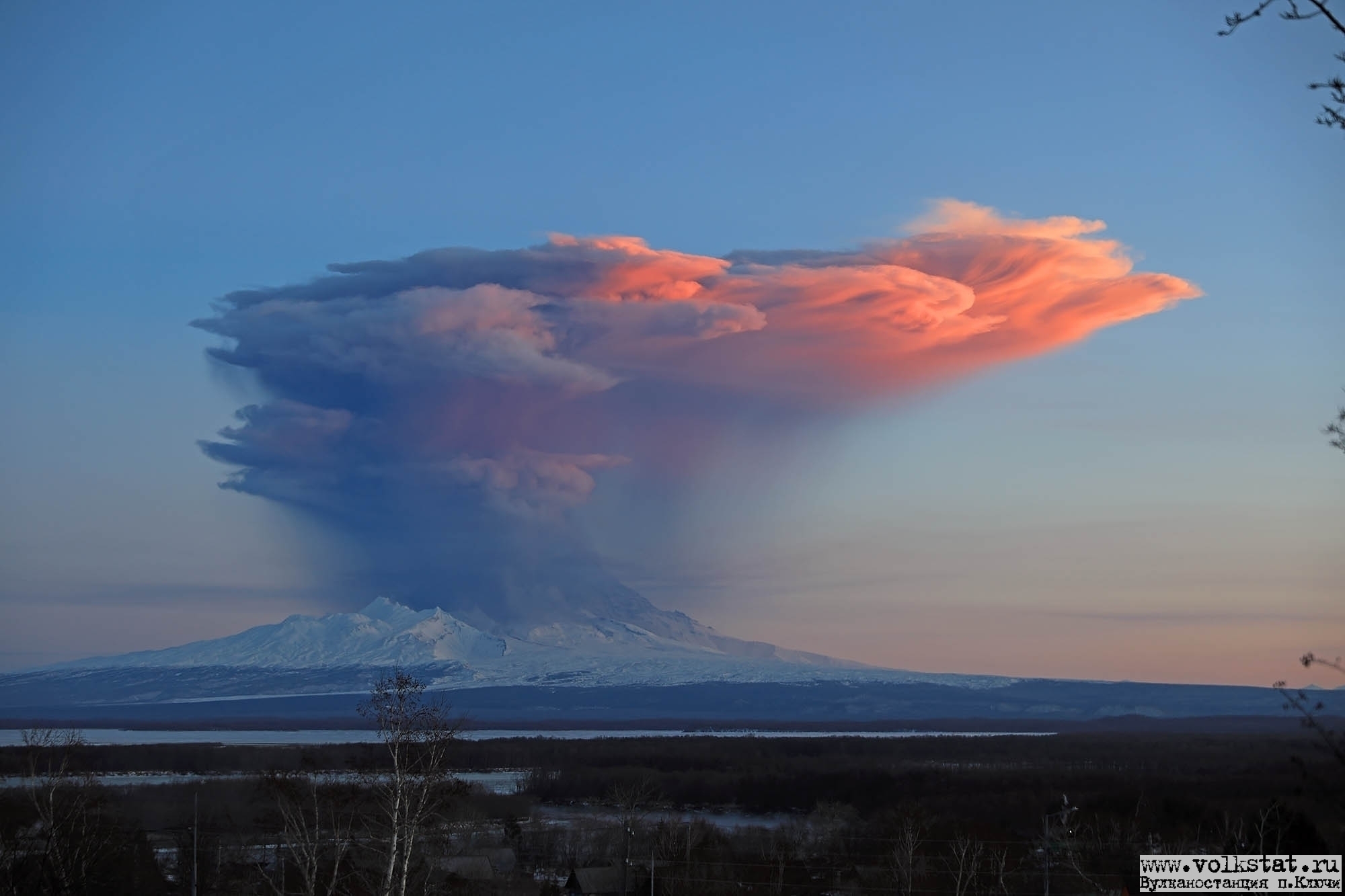May 17, 2024. EN. Indonesia : Ibu , Iceland : Reykjanes Peninsula , Russia / Kuril Islands : Ebeko , Philippines : Taal , Nicaragua : Conception .
May 17 , 2024. Indonesia , Ibu : Increased G. Ibu activity level from level III (SIAGA) to level IV (AWAS). The results of the evaluation of G. Ibu's…



